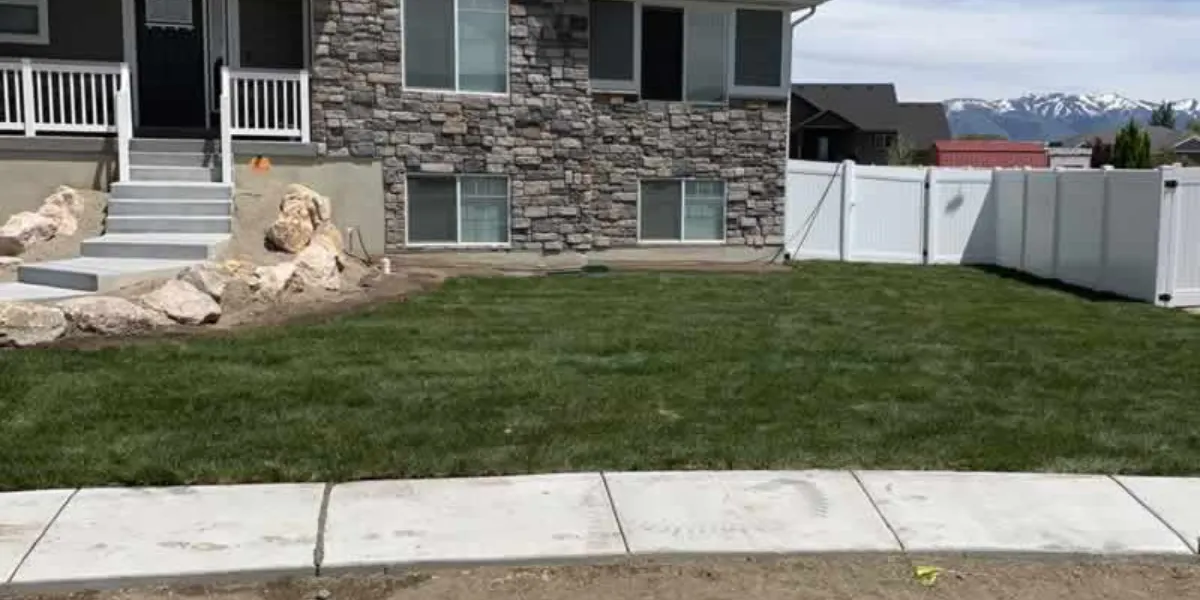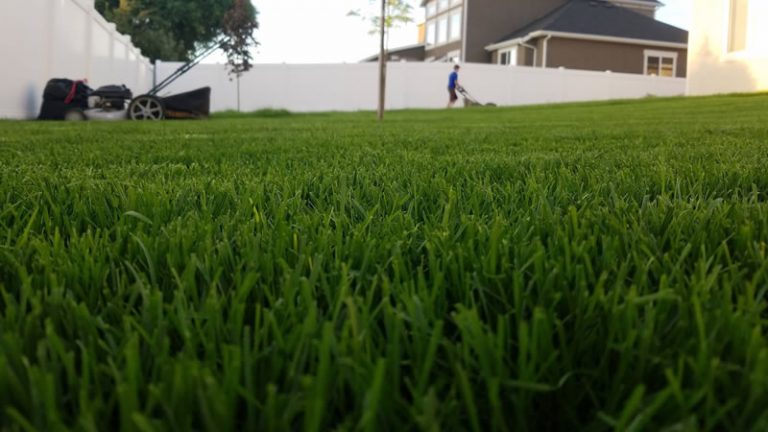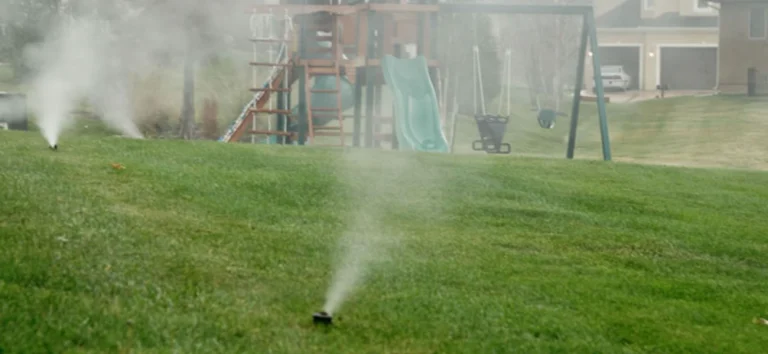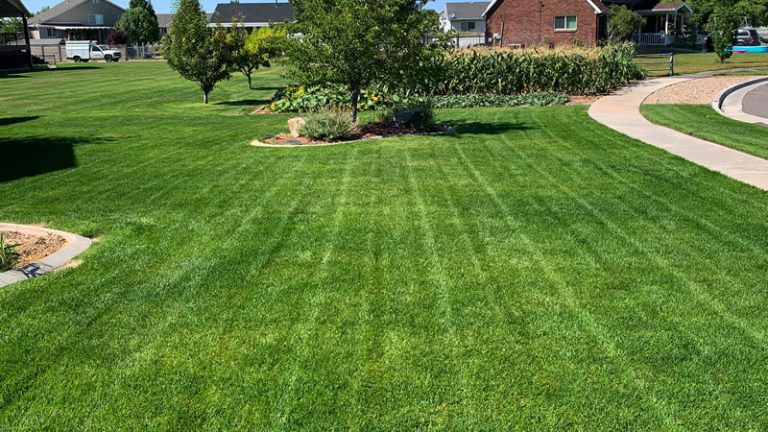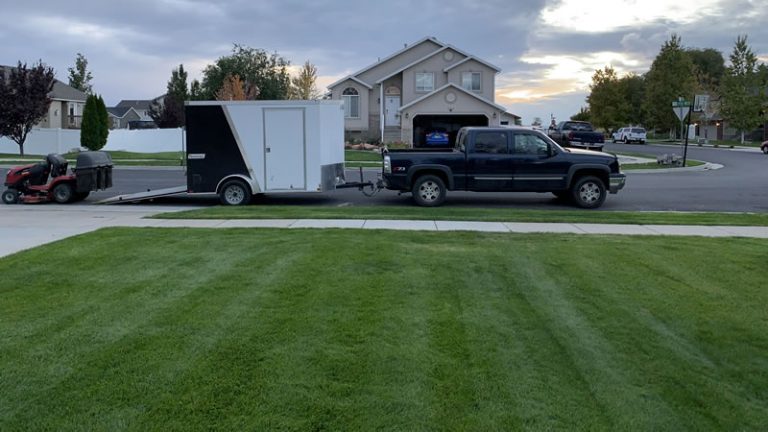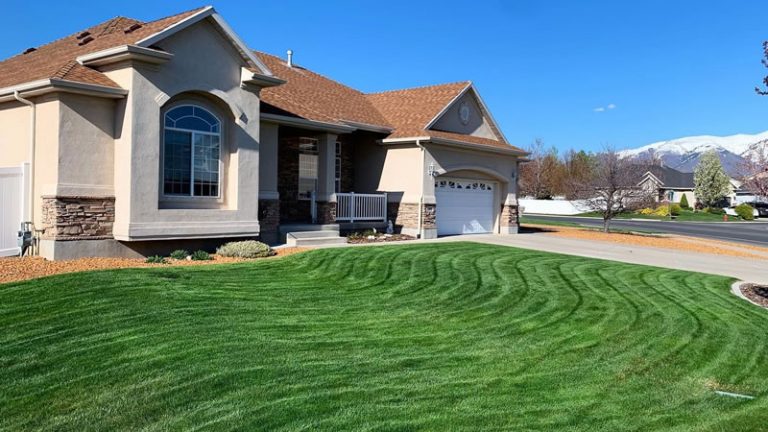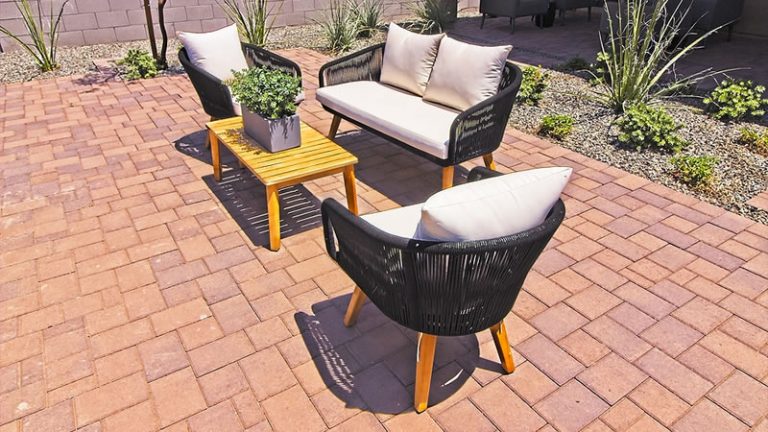The Pros and Cons of Seeding vs. Sod Installation
If you're planning to install a new lawn in Clearfield, Utah or a nearby area, one of the first choices you'll face is whether to seed your lawn or install sod. Both options can lead to a beautiful, healthy yard—but they differ significantly in cost, timing, and maintenance requirements.
At Hansen and Sons Lawncare and Landscaping, we’ve helped homeowners across Davis and Weber Counties make informed decisions based on their budget, timeline, and long-term goals. In this post, we’ll walk you through the pros and cons of both seeding and sod installation so you can choose the right option for your property.
What’s the difference between seed and sod?
Both seeding and sod installation aim to give you a healthy, green lawn—but they take very different approaches and come with their own timelines, care requirements, and costs.
Seeding
Seeding involves spreading grass seed directly onto properly prepared soil. After the seed is applied, it must be lightly covered, watered regularly, and protected while it germinates. This process typically takes several weeks before grass begins to establish and even longer before the lawn becomes durable enough for foot traffic.
While slower to develop, seeding allows the grass to grow in naturally, adapting to the soil conditions from the start. Over time, this often results in a deeper, stronger root system. Seeding also gives homeowners access to a wider range of grass varieties, which can be matched to sun exposure, irrigation plans, and foot traffic levels.
Sod Installation
Sod is essentially a pre-grown lawn. It’s harvested in strips or rolls with an established root system and a thin layer of soil, then delivered and laid over your prepared yard like a carpet. Because the grass is already mature, sod provides instant curb appeal and can typically be used within two to three weeks after installation.
Sod is ideal when you need a fast transformation, want to prevent soil erosion, or simply prefer immediate results. However, it requires precise installation and must be laid quickly after delivery to avoid drying out or failing to take root. Sod may also have a shallower root system initially, which needs careful watering during the early establishment phase.
Seeding vs. Sod Installation: Pros and Cons
When planning a new lawn in Clearfield or surrounding areas, one of the most important decisions you’ll make is whether to seed your yard or install sod. Both options can lead to a thick, healthy lawn—but they come with different costs, timelines, and maintenance requirements.
At Hansen and Sons Lawncare and Landscaping, we help homeowners choose the right solution based on their needs, budget, and expectations. Below, we break down the pros and cons of each approach to help you decide what’s best for your property.
Grass Seeding
Grass seeding is a cost-effective method where grass seed is spread across prepared soil and nurtured into full growth over time. It’s a great option for those who are patient and willing to invest a little more effort up front.
Benefits of seeding include:
-
- Lower cost – Seeding is significantly more affordable than sod, especially for larger properties or budget-conscious homeowners.
- Wider grass variety selection – You have more flexibility to choose seed blends tailored to your specific sun, soil, and traffic conditions.
- Deeper, natural root development – Because the grass grows in place, roots tend to establish more deeply in the soil, often resulting in a more resilient lawn over time.
However, seeding also comes with challenges:
-
- Slower results – It usually takes 6 to 10 weeks before your lawn is fully usable, and it may take a full season for the lawn to completely fill in.
- Higher maintenance in the early stages – Seeded lawns require daily watering, careful mowing, and protection from pets and foot traffic until the grass is well-established.
- Seasonal limitations – In Northern Utah, seeding is most successful in early spring or early fall. Attempting to seed outside of these windows often leads to poor results due to temperature extremes.
Sod Installation
Sod installation provides an instant lawn by laying down rolls of pre-grown grass with established roots. It’s ideal for homeowners who want quick results and are working on a tighter timeline.
Benefits of sod include:
-
- Instant curb appeal – Your yard looks complete the same day the sod is installed, making it a great choice if you’re preparing for a home sale or special event.
- Less early weed pressure – Sod arrives weed-free and healthy from a controlled growing environment, giving it a better chance to outcompete unwanted growth.
- More flexible installation timing – Sod can be installed during much of the growing season, as long as the ground isn’t frozen.
However, sod also has its drawbacks:
-
- Higher upfront cost – Sod is more expensive than seed due to the harvesting, transport, and installation process.
- Fewer grass type options – You’ll have to choose from the varieties offered by local sod farms, which may not perfectly match your yard’s specific conditions.
- Time-sensitive installation – Sod must be installed quickly after delivery and requires proper soil preparation and consistent watering to ensure it takes root.
Which is Right for You?
If you're looking for a budget-friendly option and are willing to commit to some upfront maintenance, seeding may be your best bet. If you prefer instant results and are working within a narrow timeline, sod installation offers the fastest transformation.
In either case, professional installation makes all the difference. At Hansen and Sons Lawncare and Landscaping, we handle everything from soil preparation to aftercare—ensuring your new lawn gets the best possible start. Whether you choose seed or sod, we’ll help you build a lawn that’s healthy, long-lasting, and suited to Northern Utah’s climate.
What to expect with professional installation
Whether you choose grass seeding or sod installation, hiring a professional gives your lawn the best chance of long-term success. At Hansen and Sons Lawncare and Landscaping, we don’t just lay grass—we take a comprehensive approach to lawn installation that ensures healthy growth from day one.
Here’s what you can expect when you work with our team:
-
- Soil testing and preparation
We start by evaluating your soil’s condition, grading, and drainage. If needed, we’ll amend the soil to improve structure and nutrient levels, ensuring the best possible environment for grass to thrive. - Professional-grade seeding or sod installation
We use the right techniques and equipment to ensure proper seed distribution or seamless sod placement, with attention to even coverage and proper root contact. - Detailed guidance on aftercare
Once the installation is complete, we’ll provide step-by-step instructions on watering, mowing, and fertilization so you can protect your investment and encourage strong, healthy growth. - Optional add-on services for a complete lawn solution
We also offer aeration, mulch installation, and hedge trimming to help your landscape look its best and function effectively.
- Soil testing and preparation
Our process is efficient, thorough, and tailored to Northern Utah’s unique soil conditions and growing climate. Whether you're installing a lawn for a new build or renovating an existing yard, we ensure the entire process is handled with care and expertise—so you can enjoy a lush, green lawn without the stress.
Proudly serving Northern Utah
We offer lawn seeding, sod installation, and full-service landscaping throughout:
-
- Clearfield
- Layton
- Syracuse
- Roy
- Ogden
- Kaysville
- Farmington
- Surrounding Davis and Weber County communities
Let’s build the lawn you’ve always wanted
Contact us today for expert lawn installation services
Whether you're starting fresh or replacing an existing lawn, Hansen and Sons Lawncare and Landscaping is ready to help. We’ll walk you through your options, explain the pros and cons, and deliver a lawn you’ll be proud of. Call today or request a free estimate online. We proudly serve homeowners across Clearfield and the surrounding areas.

